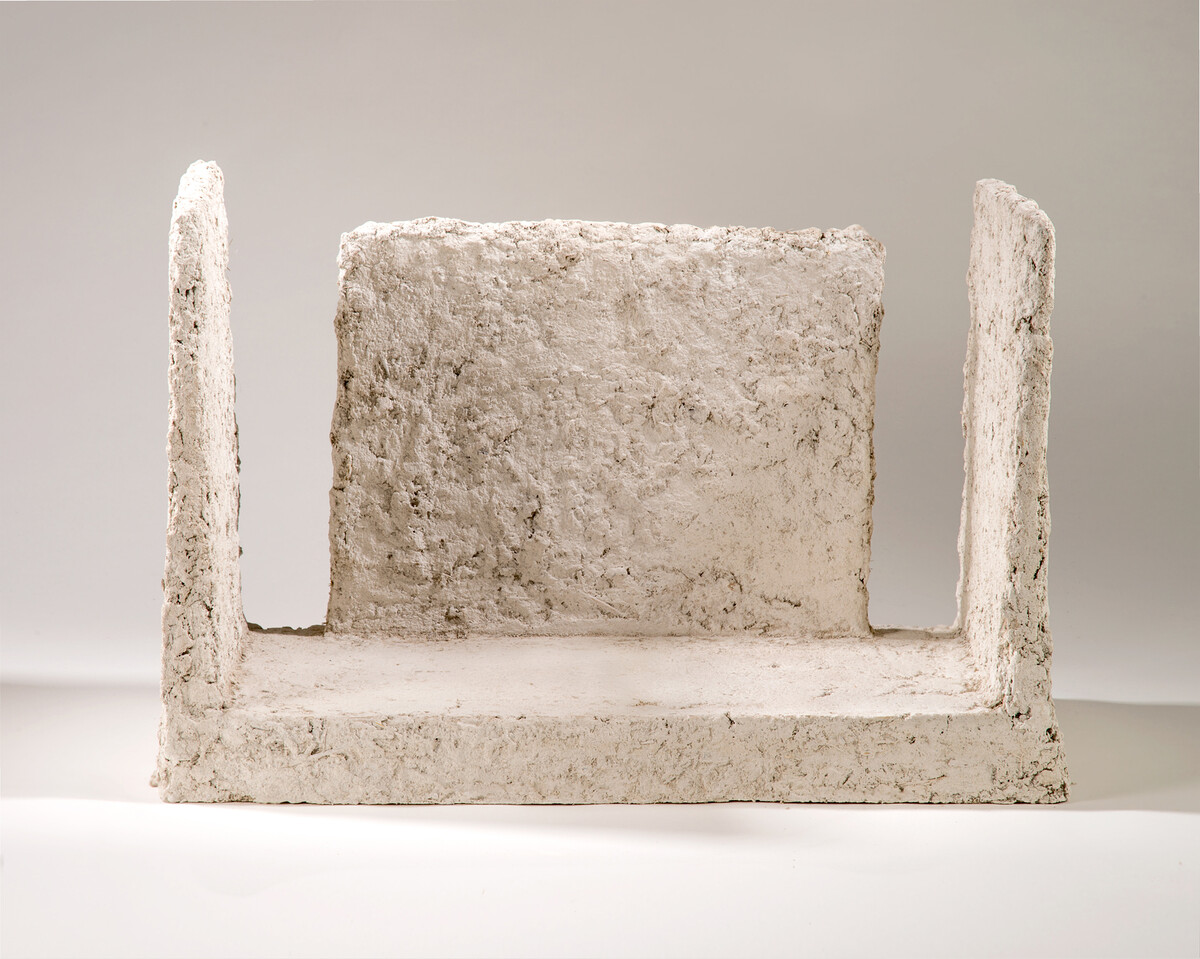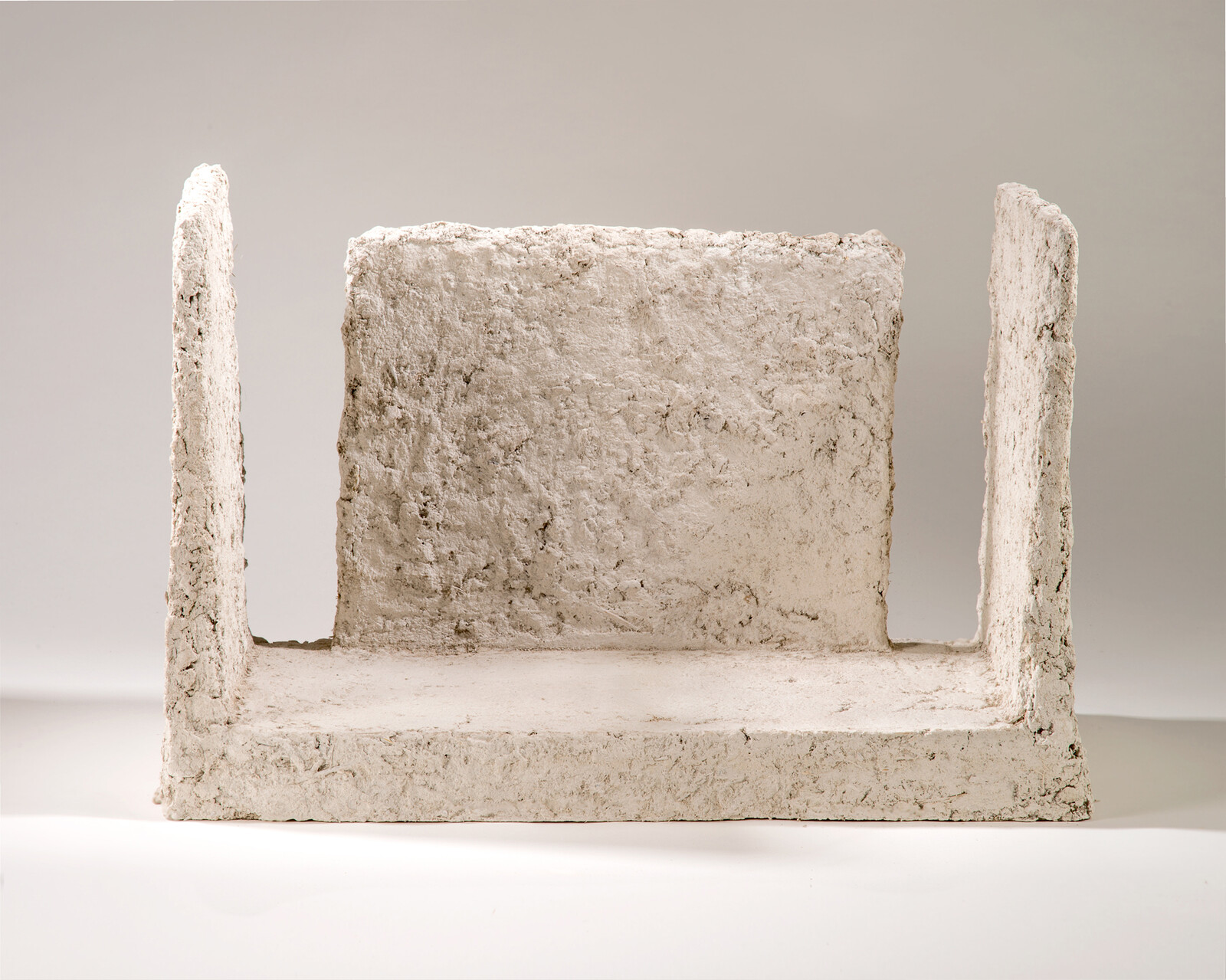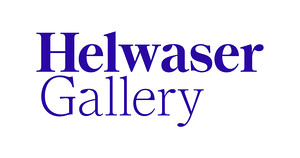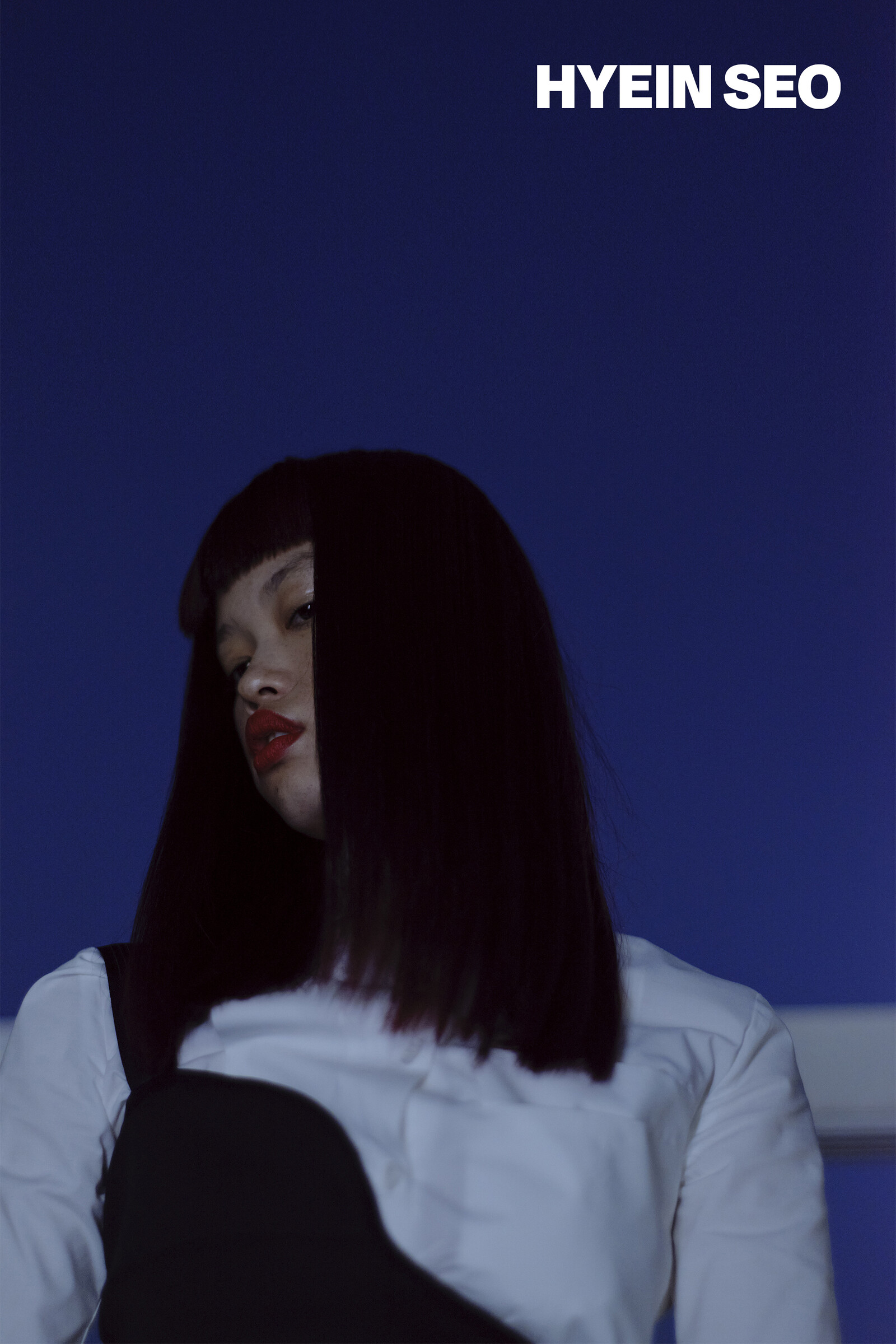Witness Mark
Witness Mark will be the first solo exhibition at Helwaser Gallery of the artist
February 12–April 18, 2020
833 Madison Avenue, 3rd Floor
New York, NY 10021
United States of America
Hours: Tuesday–Saturday 12–6pm
T +1 646 476 7760
info@helwasergallery.com
“Fleischner believes in absolute truths based on human proportions that can and should be utilized in the making of art, and that have shaped many of the great cultural artifacts in human history.” –Jennifer Gross, former Founding Director, Hauser & Wirth Institute
Helwaser Gallery is pleased to present Witness Mark, a solo exhibition by artist Richard Fleischner (b. 1944, New York). Over an extensive, five-decade career, Fleischner has produced a wide-ranging body of work that comprises large-scale sited works, sculpture, photography, and drawing. This will be the first solo exhibition of the artist’s work at the gallery, and will be accompanied by an illustrated catalogue, with an essay by art historian and curator Jennifer Gross, formerly the Founding Director of Hauser & Wirth Institute.
Richard Fleischner is best known for his integrated, site-specific works in cities, parks, woods, and other natural areas, in both public and private arenas. Previous major commissions include those presented at documenta 6 (1977, Kassel, Germany), the Hirshhorn Museum and Sculpture Garden (1977, Washington, DC), Massachusetts Institute of Art (1980–85, Cambridge, Massachusetts), as well as the Dallas Museum of Art (1981, Dallas, Texas). Fleischner’s practice consistently investigates our perceptual and physical interactions with space—working at the intersection of art, architecture, and urban design, his works are a result of a process of “place-making”. His sculptural and architectural interventions contextualize and order space, transforming the visitors’ experience of the site. Fleischner has also extended these spatial and formal concerns into the mediums of sculpture and two-dimensional gouache drawings, which he treats as an essential part of his practice. Witness Mark focuses on sculpture and gouaches that have been recently completed, providing deeper insight into the relationship between these key mediums.
Works on view in the first room of the gallery include a series of individual sculptures, including Enclosure (2010), Three Cubes (2014), and Untitled #19 (2014–15). Noting that Fleischner’s practice is very much rooted in “unselfconscious architecture”, curator and writer Julia Brown describes the artist’s works as “closely tied to things seen in the world… it is a sense of place in its most primitive and primal form.” Exhibited together, this series of sculptures serve as an index of spatial dynamics. In each work, primary forms, planes, and lines are arranged on a unitary surface. Using this fundamental visual vocabulary, Fleischner demonstrates how spatial relationships are established between forms, resulting in boundaries, volumes, and axes being defined within the ground of each individual work. Each element becomes understood in relation to each other, and to the field upon which they stand, resulting in a larger context that is at once ordered and balanced. Recalling basic architectural structures, these sculptures emphasize a return to vernacular, simple forms that are repeated throughout art and architectural history. Standing as an evocation of space and place, Fleischner’s sculptures nevertheless become self-referential formal investigations, executed for their own sake.
This dialogue extends into Fleischner’s gouache works, which the artist produced in tandem with his sculptures for over the past four decades. In one series of untitled gouaches, colored, geometric forms appear etched into the ground of the work, echoing the formal properties of the sculptures that are also on view. These heavily textured, tactile works on paper are made by a repetitive process of building up multiple layers of colored paint, and then scratching, sanding, and scraping them down in turn until the depth of the surface has been achieved. Recalling the material appearance of Fleischner’s sculptures, where bronze, earthen-plaster, and even milk-paint are employed to achieve their distinctive finish, the worked surfaces of these gouaches reveal the hand of the artist, striking a personal and intimate register associated with the process of individual mark-making. As with Fleischner’s sculptures, these works are concerned with achieving a balance.
Throughout the various aspects of Fleischner’s practice, he has drawn from a language of the commonplace, often taking inspiration from paving stones, sidewalks, and rudimentary buildings. The forms and material textures that are seen within his works are references towards a rich history of the everyday.
About the artist
The recipient of numerous awards and fellowships, including the Guggenheim Foundation (2018), the Pollock-Krasner Foundation (2016), the Pell Award for Excellence in the Arts (2000), and three National Endowment for the Arts fellowships (1975, 1980, and 1991), Richard Fleischner is one of the leading artists of his generation. Selected solo exhibitions include New Works: Richard Fleischner & Charles Simmons (2015), Del Deo & Barzune, New York; Richard Fleischner (2013-14), South London Gallery, London; Material/Process/Place (2011), Knoedler & Company, New York; Richard Fleischner: Critical Distance (1992), Des Moines Art Center, Iowa; and Group exhibitions that Fleischner has participated in include Specific Objects: The Minimalist Influence (2004), Museum of Contemporary Art, San Diego; Individuals: A Selected History of Contemporary Art (1985–86); Museum of Contemporary Art, Los Angeles; Sitings: Alice Aycock, Richard Fleischner, Mary Miss, George Trakas (1986), Museum of Contemporary Art, San Diego (travelled to the Dallas Museum of Art, High Museum of Art, Atlanta, and the Tel Aviv Museum, Israel); Whitney Biennale (1981), Whitney Museum, New York; Drawings: The Pluralist Decade (1980), United States Pavilion, 39th Venice Biennale; Probing the Earth: Contemporary Land Projects (1977–78), Hirshhorn Museum and Sculpture Garden; and documenta 6 (1977), Kassel. His works belong to numerous public collections, including the Albright-Knox Art Gallery, Dallas Museum of Art, Solomon R. Guggenheim Museum, Smithsonian American Art Museum, Whitney Museum of American Art, Yale University Art Gallery, amongst many others.
About the gallery
Based along Madison Avenue, Helwaser Gallery presents mid-career and established artists, including Anton Ginzburg, Boedi Widjaja, Christina Kruse, and Lin Yan. It also specializes in the work of post-war masters, such as Tom Wesselmann, Alexander Calder, Adolph Gottlieb, and Helen Frankenthaler, among others.
Founded in Paris in 1986, the gallery has initiated significant exhibitions, including a retrospective on Jean Dubuffet (1996), and presentations on French cubist masters, notably Georges Braque, Jean Metzinger, and Pablo Picasso. In 2008, Helwaser Gallery marked its inaugural relocation to New York with the group exhibition Red, which presented works by Hans Hofmann, Andy Warhol, and Jean-Michel Basquiat. In 2019, Helwaser Gallery reopened its present space with a public exhibition program, presenting internationally recognized artists. The gallery program emphasizes a dialogue between contemporary art, and modern art historical movements and contexts.
The gallery has participated in art fairs, including The Armory Show, Art Miami, The Salon Art + Design, Paris Art + Design, and Brafa (Brussels), amongst others.




